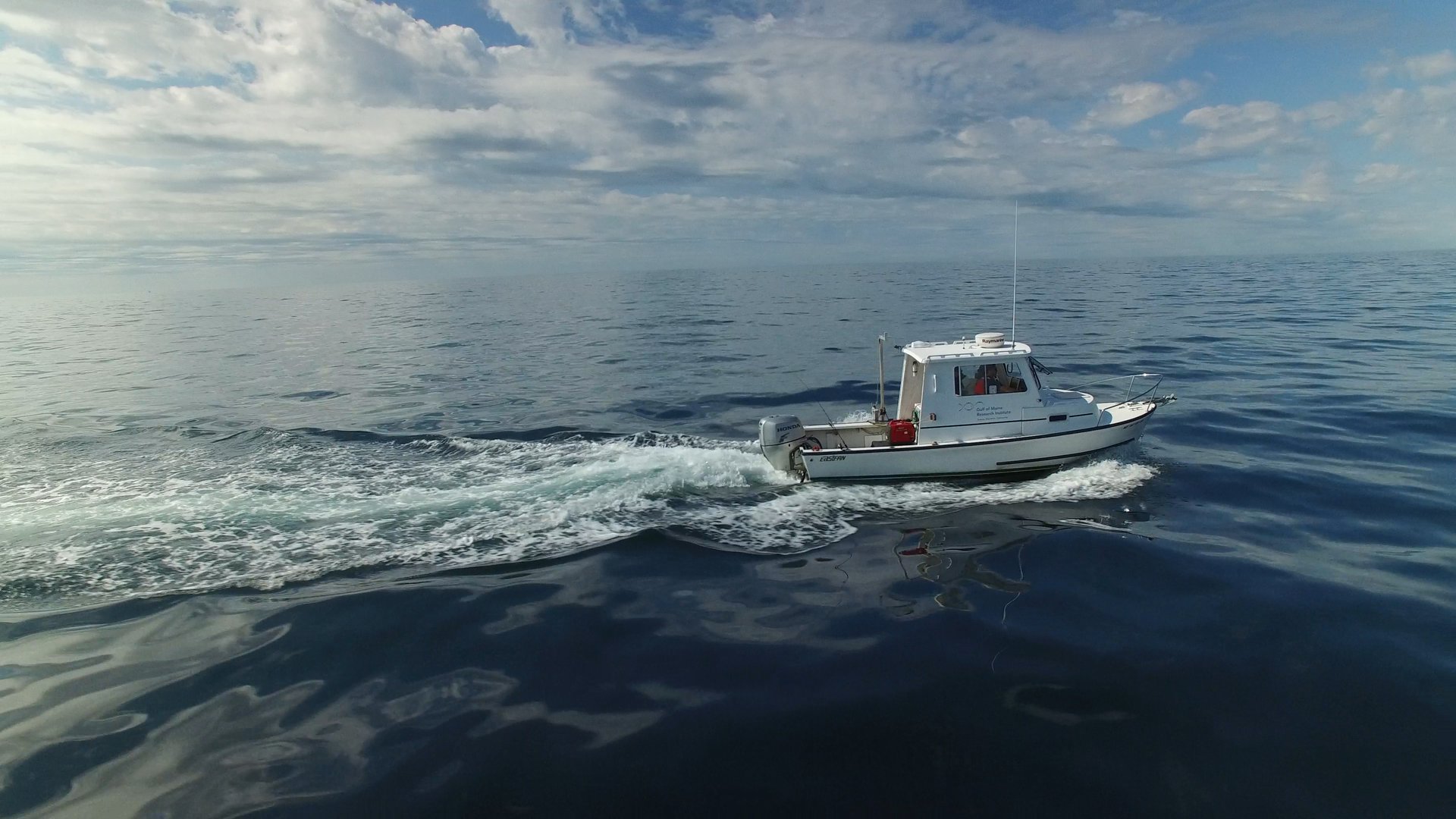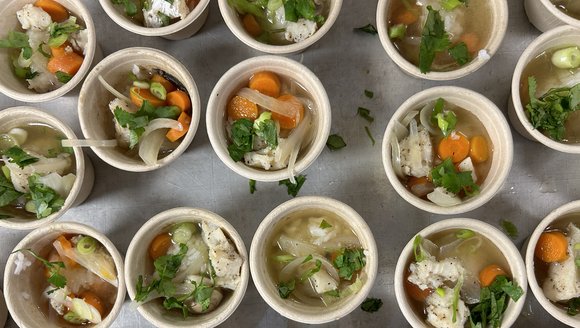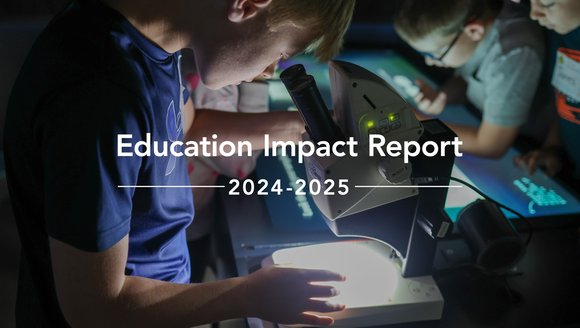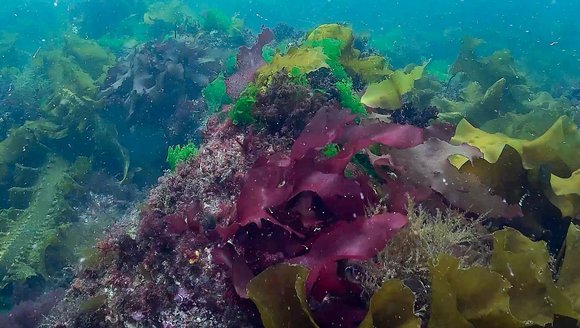Outside the Lab with GMRI Researchers
Announcements | Dec 31, 2017
2017 was a busy year for the Research team, both inside and outside the lab. On top of all the modeling, dissections, otolith milling, fishing gear analysis, and other daily lab activities, our scientists also reached out beyond our walls to demonstrate thought leadership and engage the public on a national, state, and local stage.

During the spring, Discovery aired a new documentary focusing on cod in the Gulf of Maine. If you’ve been following our research for a while, you probably remember Chief Scientific Officer Dr. Andy Pershing’s study on the impacts of warming on cod in the Gulf of Maine. The report, published in the journal Science, showed that rapid warming of Gulf of Maine waters — faster than 99 percent of the global ocean over the last 10 years — reduced the capacity of cod to rebound from fishing, leading to a collapse of the fishery.
The documentary, Sacred Cod, profiles and explores the impacts of this collapse on fishing communities. The film features a variety of perspectives on the future of New England’s groundfishing industry — including an interview with Dr. Pershing.
Summer provided a busy field season, which offers our scientists an opportunity capture and share unique moments on the water. All summer long, our scientists shared some of the amazing activity the encounter as part of their research. Short videos and photos ocean activity — hake “walking” the seafloor, basking sharks cruising at the surface, alewives running up coastal rivers — all give us a chance to show the public what the Gulf of Maine has to offer.
This was also the fifth year of our Snap-A-Striper citizen science initiative, a project which demonstrates the power of engaging the public in science. Each year, striped bass migrate from Chesapeake Bay and the Hudson River to Maine. The first migratory stripers tend to show up around late May, and our researchers are interested in how that population relates to resident striped bass that spawn in the Kennebec River. Our scientists rely on a network of public partners to gather the data. These partners include the Maine chapter of Coastal Conservation Association, local anglers, and charter captains.
During the fall, we shared the contribution our scientists were making as part of the National Climate Assessment — a public report published every four years by the federal government.
A team of experts from around the country gathers to create this report, which summarizes the present and future impacts of climate change on the United States. Both Chief Scientific Officer Dr. Andrew Pershing and Research Scientist Dr. Kathy Mills contributed to this process. At the time, Dr. Pershing shared:
“I’m proud to contribute to the National Climate Assessment this year. It’s a huge honor to work alongside this group of the nation’s top scientists, who have dedicated their time to this project.
Our job is to understand how climate change affects marine ecosystems and, ultimately, the people of the United States.
Throughout our work, we’ve tried to identify strategies to help coastal communities adapt to a changing climate. Here in New England, we’re focused on how the changing mix of species will affect fisheries and fishing communities.”
Throughout the entire year, our scientists deepened their personal connections to our community, both in print and on the web. In our new video series, Gulf of Maine, Explained, several members of our research team set aside time to explain complex-but-important scientific concepts. Not only do these videos provide an educational resource, but they’re also an easy way to get to know the scientists who support the Gulf of Maine ecosystem and economy with their research.
Further efforts to build these personal connections in our community included a couple personal profiles. Dr. Lisa Kerr and Dr. Steve Eayrs each sat down with the Portland Press Herald’s Mary Pols for her Meet column. Each piece offers an inside look at what drives Lisa and Steve in their daily work.
- Fisheries ecologist Lisa Kerr tracks cod and bluefin tuna
- Scientist Steve Eayrs knows how to build a better fish trap
At the core of all these outreach efforts is a shared understanding that science doesn’t happen in isolation. For our research to have an impact, it’s important to build personal connections and share our stories. That’s why our research team is dedicated to sharing our work widely to benefit the Gulf of Maine and the many communities who value it.



